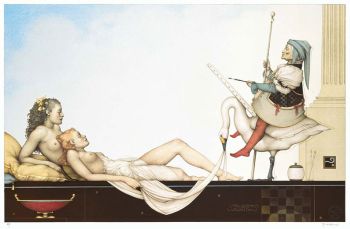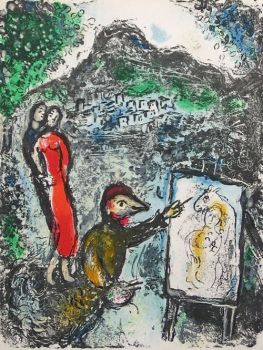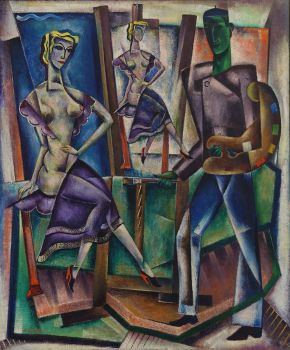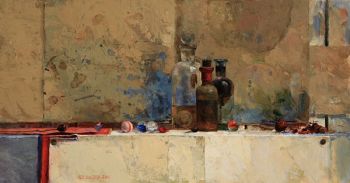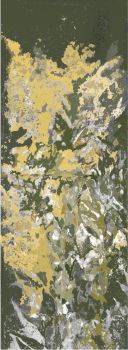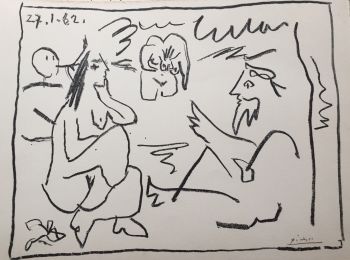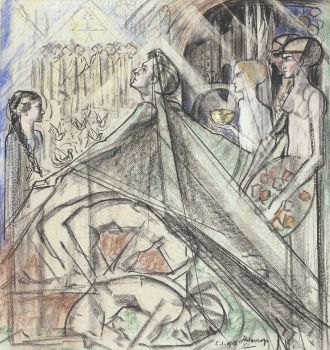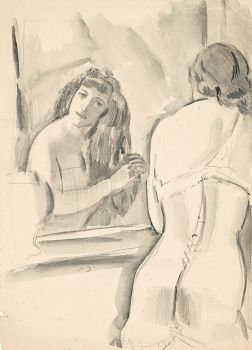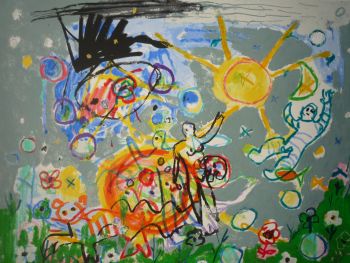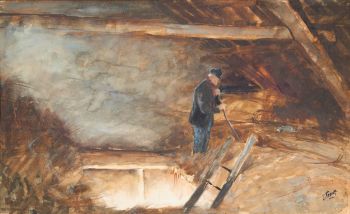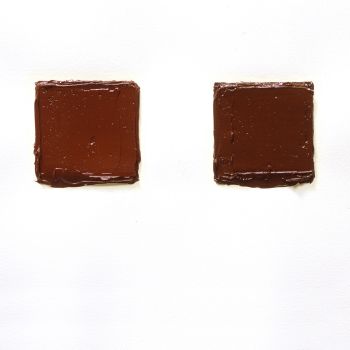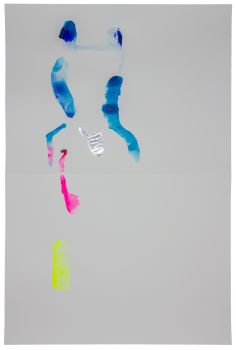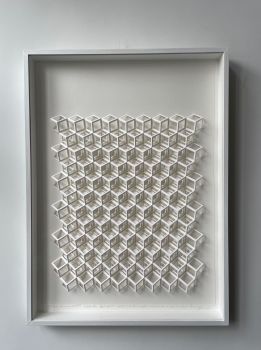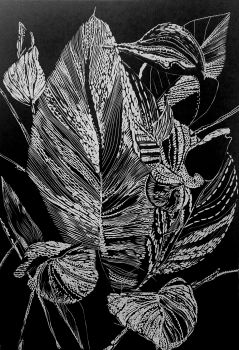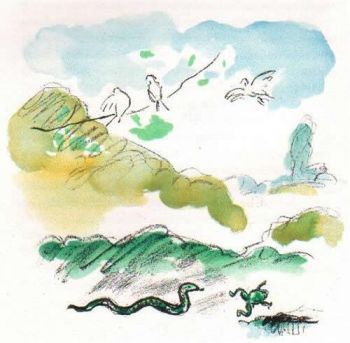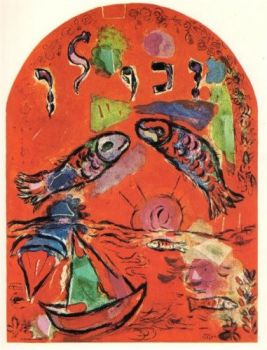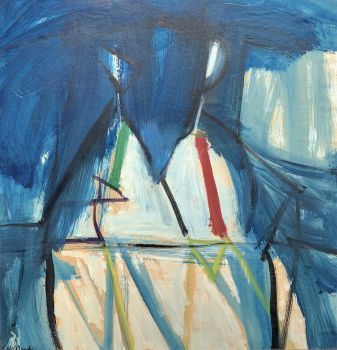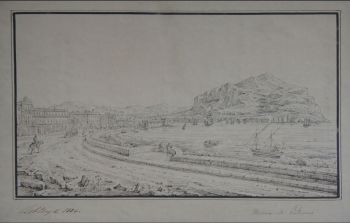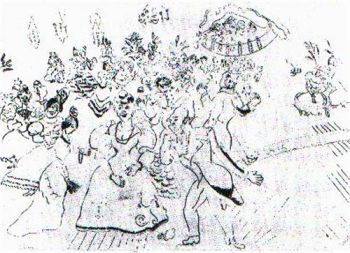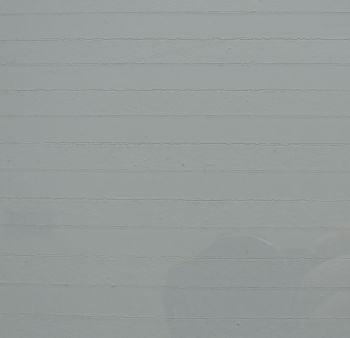Andy Warhol. Catalogue Raisonné. Paintings and Sculptures 1964-1969. Volume 2 2004
Andy Warhol
Papel
25 ⨯ 29 cm
Atualmente indisponível via Gallerease
Scriptum Art Books
- Sobre arteWARHOL - Frei, George & Thomas Printz: July 2004, (29 x 25 cm), 850 pp. English text, 1460 colour ills., 130 b/w. ills., 2 volumes, hardcover in carton slipcase.
Andy Warhol (1928-1987) is arguably the most iconic figure of twentieth-century art, a highly enigmatic personality who not only altered the definition of art itself but also left in his wake a vast and staggeringly complex record of his activities. Warhol's archive consists not only of his artworks but also of 1,500 cardboard boxes, flat files and trunks filled with source material, memorabilia, correspondence and junk mail. The catalogue raisonné constitutes an indispensable record of the artist's paintings, drawings and sculptures: some 15,000 works produced by the artist between 1948 and 1987, the year of his death. Volume 2 documents the artist's paintings, sculpture and installations made between 1964 and 1969, the important period known as 'The Factory Years', when Warhol began to acquire Pop Art fame as well as a cadre of collaborators and groupies - all of which made 'The Factory' into one of the most mythologized artist's studios ever, and Warhol's work at this time emblematic of his career as a whole. This volume documents 23 series and more than 1,400 individual works, including the well-known series Thirteen Most Wanted Men, the box sculptures, approximately 300 works in the Jackie series, and the 1964 and 1964-5 Flowers series, amongst others. As in Volume 1, Volume 2 includes a fascinating collection of source material: especially the rare studio photographs taken by Billy Name-Linich, who became The Factory's first de facto photographic historian. In this volume, editors Georg Frei and Neil Printz focus on Warhol's serial production, analysing the evolution of Warhol's working methods and the growing relationship between Warhol's exhibitions and his studio production. They establish a sophisticated and extensive chronology for the works of this period, many of which have been difficult to locate and to date, due to their seriality. The text provides both a compelling overview and an unparalleled deconstruction of Warhol's riveting story. The project is co-sponsored by the Andy Warhol Foundation for the Visual Arts in New York and by Thomas Ammann Fine Art in Zurich. - Sobre artista
Andy Warhol nasceu Andrew Warhola em 6 de agosto de 1928, em Pittsburgh. Ele recebeu seu B.F.A. do Carnegie Institute of Technology, Pittsburgh, em 1949. Nesse mesmo ano, mudou-se para Nova York, onde logo se tornou um artista comercial e ilustrador. Durante a década de 1950, os desenhos de Warhol foram publicados na Glamour e outras revistas e exibidos em lojas de departamento. Ele ficou conhecido por suas ilustrações dos sapatos I. Miller. Em 1952, a Hugo Gallery de Nova York apresentou uma mostra de ilustrações de Warhol para os escritos de Truman Capote. Ele viajou pela Europa e pela Ásia em 1956. No início dos anos 1960, Warhol começou a pintar personagens de histórias em quadrinhos e imagens derivadas de anúncios; este trabalho caracterizou-se pela repetição de temas banais como garrafas de Coca-Cola e latas de sopa. Ele também pintou celebridades na época. A nova pintura de Warhol foi exposta pela primeira vez em 1962, inicialmente na Ferus Gallery, em Los Angeles, depois em uma exposição individual na Stable Gallery, em Nova York. Em 1963, ele substituiu o processo de serigrafia pela pintura à mão. Trabalhando com assistentes, ele produziu uma série de desastres, flores, vacas e retratos, bem como caixas de Brillo fac-símile tridimensionais e caixas de outros produtos domésticos bem conhecidos. A partir de meados da década de 1960, em The Factory, seu estúdio em Nova York, Warhol se concentrou em fazer filmes marcados pela repetição e pela ênfase no tédio. No início dos anos 1970, ele começou a pintar novamente, retornando à pincelada gestual, e produziu retratos monumentais de Mao Tse-tung, retratos encomendados e a série Hammer and Sickle. Ele também se interessou por escrever: sua autobiografia, The Philosophy of Andy Warhol (de A a B e de volta), foi publicada em 1975, e The Factory publicou a revista Interview. Uma grande retrospectiva da obra de Warhol organizada pelo Pasadena Art Museum em 1970 viajou pelos Estados Unidos e pelo exterior. Warhol morreu em 22 de fevereiro de 1987, em Nova York.
Você está interessado em comprar esta obra de arte?
Artwork details
Related artworks
- 1 - 1 / 1
Yoko Ono
YOKO ONO: "ARISING" SIGNED BOOK PLUS SMALL ARTWORK 2010 - 2014
Preço em pedidoGallerease Selected
LAWRENCE WEINER
"SKIMMING THE WATER [MENAGE A QUATRE]" Signed book plus small artwork2010 - 2014
Preço em pedidoGallerease Selected
Yoko Ono
YOKO ONO: "ARISING" SIGNED BOOK PLUS SMALL ARTWORK 2010 - 2014
Preço em pedidoGallerease Selected
1 - 4 / 22- 1 - 4 / 7
- 1 - 4 / 24

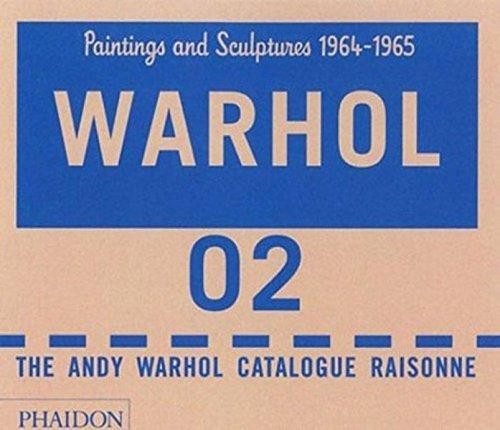
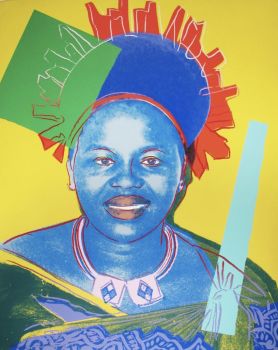












!["SKIMMING THE WATER [MENAGE A QUATRE]" Signed book plus small artwork by LAWRENCE WEINER](https://media-2.gallerease.com/images/442bfd5f-fc31-4e18-a2fa-ee0c08eade64/350x350/skimming-the-water-menage-a-quatre-signed-book-plus-small-artwork.jpg)



